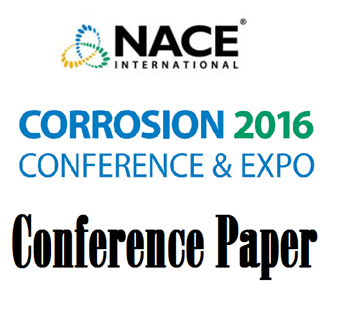Search
03132 TESTING OF SUPERDUPLEX STAINLESS STEEL FOR SOUR SERVICE
Also Purchased
51316-7325-Investigation of the Stress Corrosion Cracking Behavior of Duplex and Lean Duplex Stainless Steel Parent and Weldment Materials in Sour Service
Product Number:
51316-7325-SG
ISBN:
7325 2016 CP
Publication Date:
2016
$20.00
10308 Sour Service Limits of Dual-Certified 316/316L Austenitic Stainless Steel and Weldments
Product Number:
51300-10308-SG
ISBN:
10308 2010 CP
Publication Date:
2010
$20.00
03133 HYDROGEN EMBRITTLEMENT OF NICKEL BASE ALLOY, UNS N07750, IN SOUR GAS ENVIRONMENT
Product Number:
51300-03133-SG
ISBN:
03133 2003 CP
$20.00
Recently viewed




